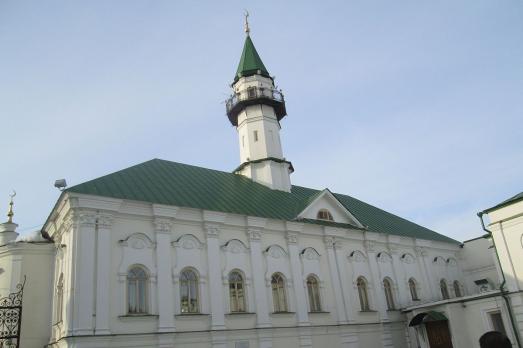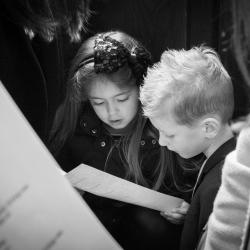Maranathakerk
Deventer, NL
The Maranatha Church (1991-1992) was built to replace an older church building for the Moluccan community in Deventer, based on a design by Aldo van Eyck and his wife Hannie van Eyck between 1983 and 1985. With this church, Van Eyck attempted to develop a building with a minimal distinction between inside and outside, but which does not isolate itself from its surroundings, because this would fit in well with the religious experience of the users. For Moluccan Christians, the church service is a ceremony that begins in the living room at home and continues within the walls of the church. The distinction between inside and outside is eliminated in various ways. Van Eyck: 'The church as a continuation of the terrain, the terrain as an accompaniment to the walk to the church - that is actually the idea - not placed on the terrain, but situated in it.' For example, white roses climb up the walls 'to soften the walls'. The boundary between inside and outside is optically blurred. The closed outer walls are covered with climbing roses so that the church blends into the garden. The church space has a square plan, the four corners of which are defined by various semicircular fanlight elements. The church consists of two parts, the actual church space and a part with meeting room and consistories, which are connected by an inner street. Furthermore, the church has a flat roof that is supported by concrete columns. The unambiguous axiality of the traditional church has been replaced by a multi-axial system of local symmetries. The curved fanlight elements are clad on the outside with untreated iroko wood. A flat roof on a system of round concrete columns defines the original square. The inner walls are painted in blue stripes that go from dark to light and provided with wavy lines by artist Iene Ambar with shells found on the Moluccan islands. Due to the blue colour of the curved walls and the fact that they are in daylight, it seems as if one has come together under a flat roof in the open air. The imagination of the churchgoers is stimulated by the multiple sightlines created by the Van Eycks - this in contrast to most churches where there is only one direction of view. The church is not axially arranged, as is common in many churches, but polycentric, with multiple centers of attention and liturgical focal points. In this respect, the Maranatha Church is in line with Aldo van Eyck's earlier church designs, Wheels of Heaven (1963) and the Pastoor van Ars Church (1964-1969).






